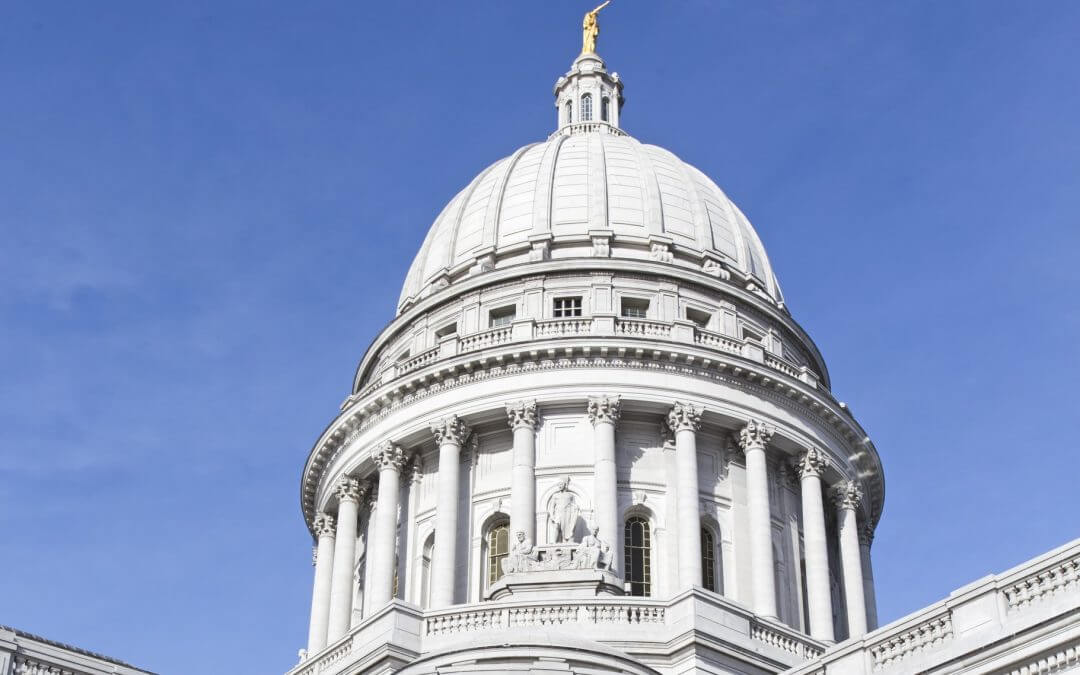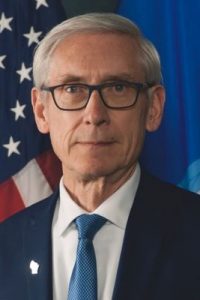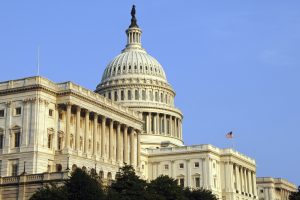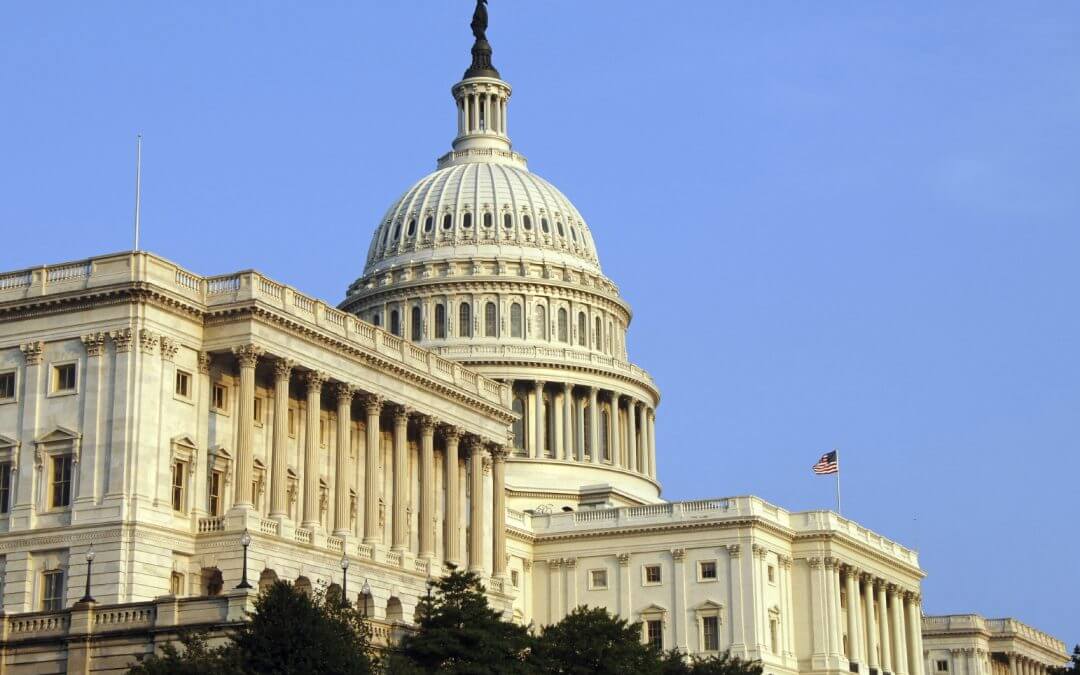
by Dan Rossmiller | Jul 30, 2020 | Legislative Update Blog, State Issue
 Gov. Tony Evers today declared a Public Health Emergency and issued an Emergency Order requiring individuals to wear face coverings when indoors and not in a private residence, with some exceptions as clarified and defined in the order. The order is effective at 12:01 a.m. on Saturday, August 1, 2020, and will expire on September 28, 2020.
Gov. Tony Evers today declared a Public Health Emergency and issued an Emergency Order requiring individuals to wear face coverings when indoors and not in a private residence, with some exceptions as clarified and defined in the order. The order is effective at 12:01 a.m. on Saturday, August 1, 2020, and will expire on September 28, 2020.
A spokesperson for the governor confirmed to the WASB that the order requiring face coverings is intended to apply to schools.
Further, the Governor’s order supercedes any less restrictive local orders that may already be in place.
(more…)
by Chris Kulow | Jul 29, 2020 | Federal Issue, Legislative Update Blog, NSBA
 From NSBA: Senate Republicans unveiled a new COVID-19 pandemic response plan with a total funding level of approximately $1 trillion. It addresses public education in a variety of ways. The proposed legislation includes $105 billion for education including approximately $70 billion for K-12 education. However, two-thirds of the funding is only available to districts with approved re-opening plans that must be submitted to and approved by the Governor. Republican leaders are referring to the comprehensive legislative section focused on appropriations as the HEALS Act (Health, Economic Assistance, Liability Protection, and Schools).
From NSBA: Senate Republicans unveiled a new COVID-19 pandemic response plan with a total funding level of approximately $1 trillion. It addresses public education in a variety of ways. The proposed legislation includes $105 billion for education including approximately $70 billion for K-12 education. However, two-thirds of the funding is only available to districts with approved re-opening plans that must be submitted to and approved by the Governor. Republican leaders are referring to the comprehensive legislative section focused on appropriations as the HEALS Act (Health, Economic Assistance, Liability Protection, and Schools).
The legislation in its current form has significant opposition but it will be used as a starting point for negotiations with the Democrats. It is expected it will change significantly as it moves through the legislative process. However, we wanted to highlight the proposal’s major education components and their potential impact on local school districts. There are multiple major troublesome issues with the legislation including inadequate funding levels, no dedicated funds for the homework gap, shifts toward moving funds to private education, and requirements around school building reopening restricting many of the funds. The summary of the major legislative sections impacting public schools follows: (more…)

by Chris Kulow | Jul 28, 2020 | Federal Issue, Legislative Update Blog, NSBA, Uncategorized
From the NSBA National Connection:
Chalkbeat (7/27, Barnum, Darville) reports Senate Republicans introduced their coronavirus relief package Monday, which earmarks $70 billion for K-12 public and private schools. A third of that pot would go to all schools regardless of their plans for next year, but the remaining two-thirds “would only be accessible to schools if they offer some in-person instruction – something that schools in many parts of the country have decided is unsafe to do for now.” To qualify for these funds, schools will need to offer “in-person learning for at least half of their students and for at least half of the school week.” The condition placed on the funding is “a testament to the economic and political importance Republican lawmakers attach to reopening school buildings, and sets up school schedules to continue to serve as a flashpoint in the weeks ahead.” Democrats have “indicated they will strongly oppose tying funds to reopening, and education groups immediately criticized the Republican proposal.” (more…)

by Chris Kulow | Jul 27, 2020 | Legislative Update Blog, State Budget
 The following is from a new report from the Wisconsin Policy Forum:
The following is from a new report from the Wisconsin Policy Forum:
“Because of higher state spending in areas like health care for low-income residents and slower growth in local government and school district revenues, the latest Census Bureau data show state government expenditures are now almost equal to the combined amount spent by schools, municipalities, counties, technical colleges, and other local governments in Wisconsin. The effects of the pandemic are unclear but the trend should be considered by policymakers as they contemplate COVID-19 responses and the next state budget.
“In other words, the balance of spending in Wisconsin has shifted to something much closer to an even split between local government services (such as K-12 schools, police and fire, local roads, and housing) and state services (such as health care for low-income residents, prisons, state highways, and the University of Wisconsin System). (more…)

by Chris Kulow | Jul 23, 2020 | Legislative Update Blog, State Issue
 From the governor’s office: Gov. Evers today announced that 155 local education agencies (LEAs) are eligible to apply for the $46.6 million provided to Wisconsin through the Governor’s Emergency Education Relief Fund (GEER Fund), established under the Coronavirus Aid, Relief, and Economic Security (CARES) Act. The announcement comes as last month the governor announced more than $80 million in financial assistance for K-12 schools and higher education.
From the governor’s office: Gov. Evers today announced that 155 local education agencies (LEAs) are eligible to apply for the $46.6 million provided to Wisconsin through the Governor’s Emergency Education Relief Fund (GEER Fund), established under the Coronavirus Aid, Relief, and Economic Security (CARES) Act. The announcement comes as last month the governor announced more than $80 million in financial assistance for K-12 schools and higher education.
A map of most impacted school districts is available here. A list of eligible GEER funding for school districts, independent charters, and tribal schools is available here. (more…)

 Gov. Tony Evers today declared a Public Health Emergency and issued an Emergency Order requiring individuals to wear face coverings when indoors and not in a private residence, with some exceptions as clarified and defined in the order. The order is effective at 12:01 a.m. on Saturday, August 1, 2020, and will expire on September 28, 2020.
Gov. Tony Evers today declared a Public Health Emergency and issued an Emergency Order requiring individuals to wear face coverings when indoors and not in a private residence, with some exceptions as clarified and defined in the order. The order is effective at 12:01 a.m. on Saturday, August 1, 2020, and will expire on September 28, 2020. From
From 

 The following is from a
The following is from a 